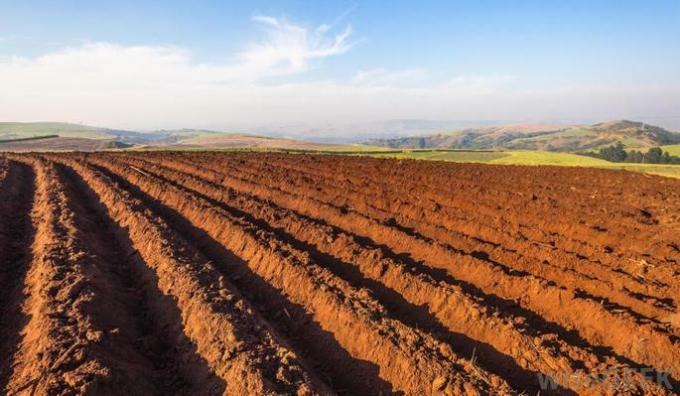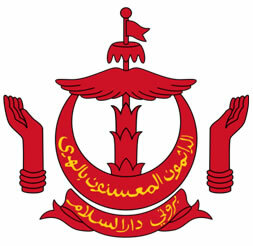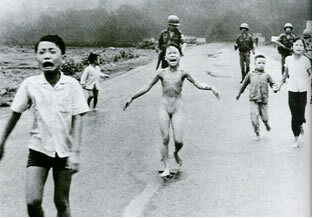In Brazil, there are dozens of different soils spread across the country. However, four predominant types stand out: Massapê, Alluvial, Salmourão and Terra Roxa.
Each type of soil has some particular characteristics and allow the specific development of some cultures.
The main types of soil in Brazil
In Brazil, the clayey soils formed by the decomposition of basaltic rocks stand out, granitic and gneisses, arising from intense volcanic activity during the period of formation of the continent American.
Each type of parent rock is responsible for the formation of different types of Brazilian soils.
1. massape
The Massapê soil is a soil formed from the decomposition of dark colored gneisses such as limestone and phyllite.

It is an extremely fertile soil, found in the Zona da Mata, near the northeastern coast, and widely used for the cultivation of sugarcane.
2. Alluvial
Alluvial soils are formed from sedimentation in plains of materials transported by rivers and winds. This type of soil formation is very common in wetlands, floodplains and valleys across the country.

Alluvial soils have a good level of fertility and are widely used in rice and bean crops.
3. salmon
Salmourão is an infertile soil found mainly in southern Brazil. Even though it is not an extremely fertile soil and with a higher acidity level than other types of soil, if it receives proper treatment, it can be used for agriculture.

It is composed, in addition to organic material, by the degradation of light gneiss rocks and, mainly, granitic rocks. It has a more sandy and less humid appearance.
4. Purple Earth
Terra Roxa is a type of soil that, despite its name, has a reddish color. It is clayey and very fertile soil. Its color is caused by its formation from basaltic rocks and the presence of magnetite and iron oxide.

It is a very common type of soil in several regions of the country, widely used for agriculture because of its high fertility. Terra Roxa had a great relevance for the expansion of coffee cultivation in the country.
What is soil?
Soil is the most superficial part of the earth's crust, it is the portion in which all organic matter is deposited and decomposed.
Initially, in the formation of the planet, the surface was formed only by rocks. These rocks suffer the action of bad weather and start to wear out and decompose, forming small parts that detach from the rock (mother rock).
Soil formation occurs according to a series of factors, mainly the wear of the parent rock and the accumulation of organic matter: animals and plants.
What are soil horizons?
Soil layers, also called horizons, represent the different parts that make up the soil. In general, these horizons are known as:
- horizon O - It is the upper profile of the soil, composed of organic material.
- Horizon A - Just below it has a large concentration of organic material such as humus and a portion of inorganic matter.
- Horizon B - Area of accumulation of material infiltrated in the soil.
- Horizon C - Fragments detached from the mother rock.
- Horizon R - Mother rock.
Interested? See too:
- Ground
- Soil Types
- clayey soil
- sandy soil
- Organic and Inorganic Soil
- The Importance of Soil
- Soil Exercise
Bibliographic references
SAINTS, H. G. From; JACOMINE, P. K. T.; ANGELS, L. H. Ç. From; OLIVEIRA, V. THE. in; LUMBRERAS, J. F.; RABBIT, M. R.; ALMEIDA, J. THE. in; ARAUJO FILHO, J. Ç. in; OLIVEIRA, J. B. in; WEDGE, T. J. F. Brazilian system of soil classification. 5. ed. rev. and wide Brasília, DF: Embrapa, 2018.


